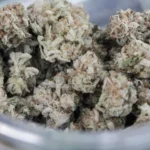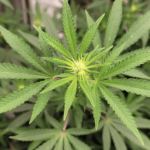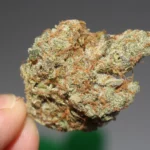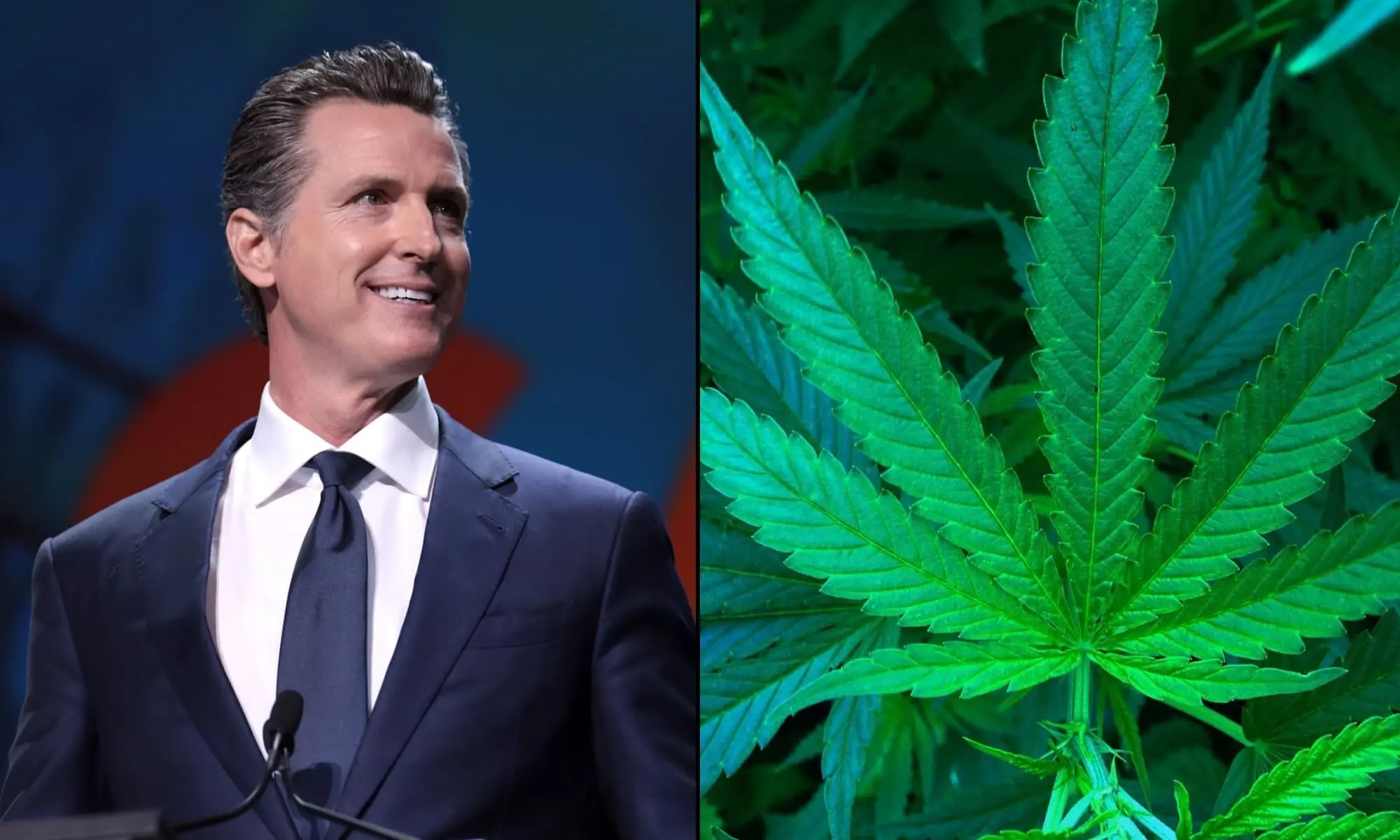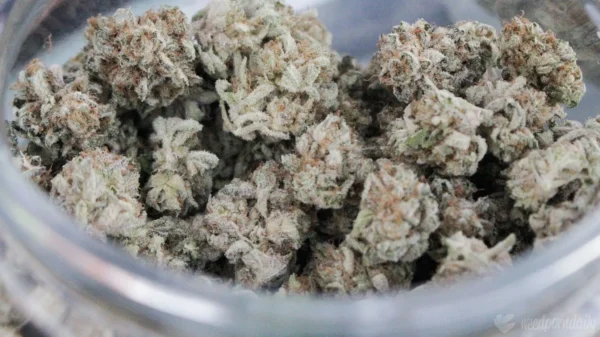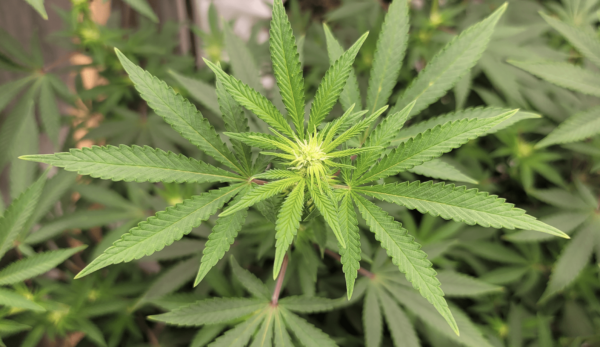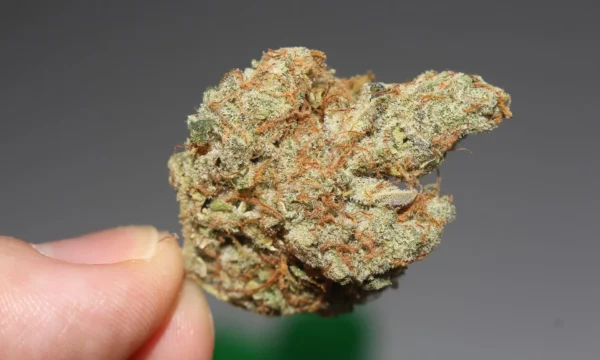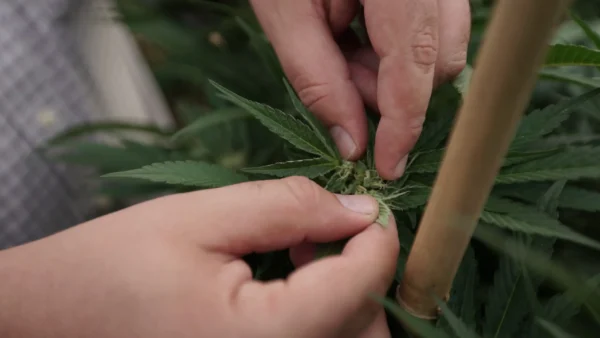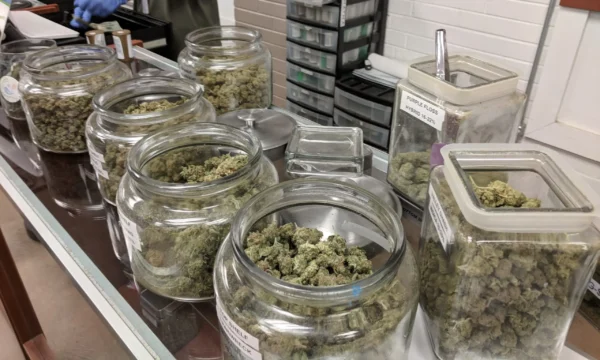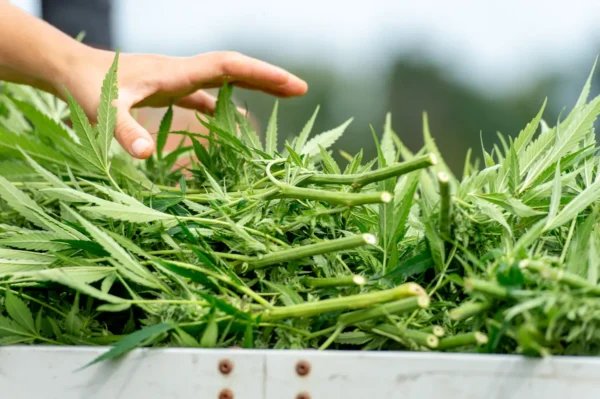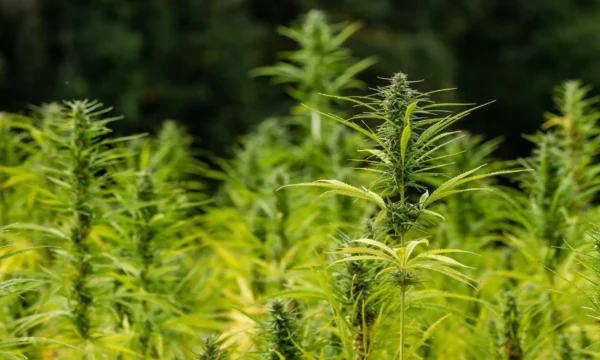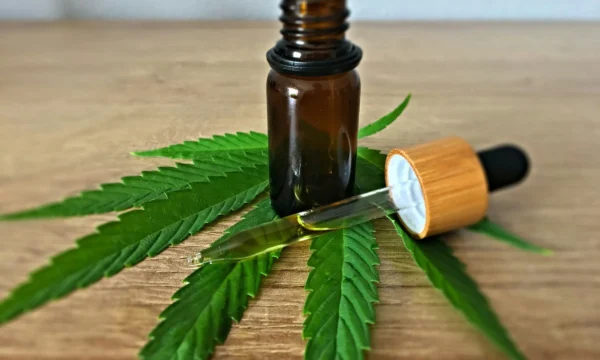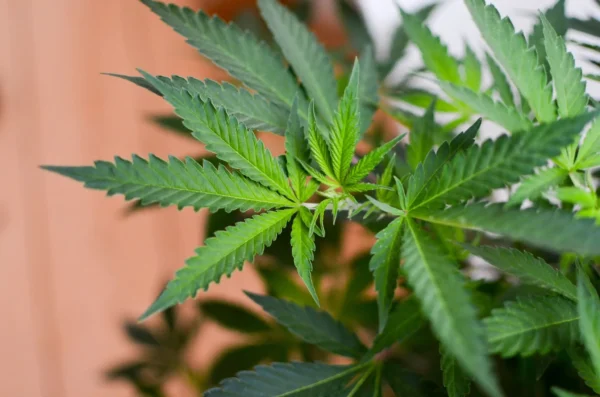California Governor Signs Bill To Integrate Hemp And Marijuana Markets After Banning Intoxicating Cannabinoids Outside Of Dispensaries
California hemp and marijuana market integration, with a side of hard reality
California hemp and marijuana market integration isn’t a slogan anymore—it’s law, and it feels like the kind of policy pivot you only pull off after too many sleepless nights counting vape carts and loopholes. Gov. Gavin Newsom’s signature on AB 8 turns the shadowy world of intoxicating hemp into something you can actually ring up at the counter, scan, and tax. After years of gas station gummies and strip-mall tinctures hustling past enforcement, the state is corralling intoxicating hemp products under the same roof as licensed cannabis retailers. The pitch is blunt: close the loopholes, card the buyers, test the products, protect the kids. If you’ve watched delta-8 and its ragtag cousins flood the market on the backs of the 2018 Farm Bill, you know the vibe—clever chemistry meets lax guardrails. But in California, the after-party now has a bouncer, a lab report, and a receipt. That’s the promise anyway: fewer “nefarious” operators, more compliance, and a legal cannabis market that isn’t undercut by unregulated hemp.
What AB 8 actually does, minus the happy talk
The architecture is simple, the implications less so. AB 8 folds intoxicating hemp products into the regulated cannabis system—but only if they clear California’s higher bar. Think adult-use safeguards, age-gates, potency and contaminant testing, and track-and-trace. The law also swings a hammer at the gray zones: bans on synthetic cannabis products and on inhalable hemp products with hemp-derived cannabinoids; tighter rules for dropping raw hemp extracts into food and drinks; and expanded muscle for state and local teams to inspect, seize, and destroy unlawful inventory. The clock isn’t instant. The key provisions start in January 2028, giving businesses time to pivot SKUs, upgrade labs, and sort out paperwork before the rules bite down. That long runway arrives after California’s earlier emergency moves, which already slapped age limits on sales, capped servings per package, and effectively outlawed hemp items with any detectable total THC in the state’s general marketplace. AB 8 doesn’t erase that history; it absorbs it, codifies it, and gives the legal cannabis market a clearer moat.
Winners, losers, and the price of doing it right
For licensed cannabis operators, this is a relief with caveats. They’ve spent years paying taxes, surviving audits, and watching intoxicating hemp siphon customers with cheaper, barely regulated alternatives. Now, intoxicating hemp has to play by the same rules, which levels the field and nudges more dollars into the legal cannabis market. Regulators call it consumer safety and fair competition. Industry vets call it long overdue. But for hemp-only brands that scaled fast on slim margins, this is a cold shower. Compliance is expensive. Lab testing isn’t a suggestion. And shelf space next to fully legal marijuana products is both an opportunity and a reckoning: if you’re going to sit in that display case, you’d better be clean, consistent, and worth the premium. The timing also collides with California’s fragile economics. The state recently delayed a planned marijuana tax hike for three years, an admission that the legal cannabis market can’t carry any more ballast. Policy, in other words, is finally aligning with reality: stop strangling the regulated system while you crack down on its unregulated competition.
Beyond California: the patchwork gets messier
This isn’t just a West Coast mood swing; it’s a signal to the national hemp and cannabis conversation. Other states have flirted with bans, patchwork age limits, and labeling crackdowns on hemp-derived cannabinoids, sometimes folding faster than a bad poker hand when industry and consumers push back. That’s the tension: public health concerns versus small-farm economics and the promise of accessible cannabinoids. Meanwhile, federal debate lurches between prohibitionist nostalgia and pragmatic regulation, with talk of “total THC” thresholds and closing gaps that the 2018 Farm Bill left wide open. California’s move will ripple. Brands that want national presence will start building to the toughest state standard, because it’s cheaper than juggling fifty different rulebooks. Regulators elsewhere will crib California’s playbook—adult-use safeguards, clear testing, real enforcement—because it’s defensible. And consumers? They’ll chase reliability. In a market this crowded, “safe and consistent” becomes a selling point you can taste, not a line on a PDF.
The road to 2028, and the grind in between
Now comes the unsexy part: rulemaking, lab protocols, enforcement priorities, and retailer education. Expect fights over definitions—what counts as “synthetic,” how to measure “total THC,” where to draw the line on novel cannabinoids. Expect supply chains to shuffle, with extraction labs retooling, manufacturers reformulating, and retailers training staff to speak fluent compliance while still selling a good time. There will be lawsuits. There will be raids. There will be brands that reinvent themselves and others that disappear. But if California sticks the landing, the cannabis industry impact could be profound: a healthier legal cannabis market, less incentive for off-the-books shops, and a clearer runway for marijuana policy reform that treats intoxicating products the same, regardless of botanical origin. If you want a reminder that tax and regulation pressures can make or break a market, look no further than Michigan, where political brinkmanship has turned cannabis revenue into a bargaining chip—see Michigan House Speaker Threatens To Shut Down Government If Marijuana Taxes Aren’t Increased. Watch California’s experiment closely. And if you’re exploring compliant THCA options while the rules evolve, take a quiet stroll through our shop: https://thcaorder.com/shop/.

